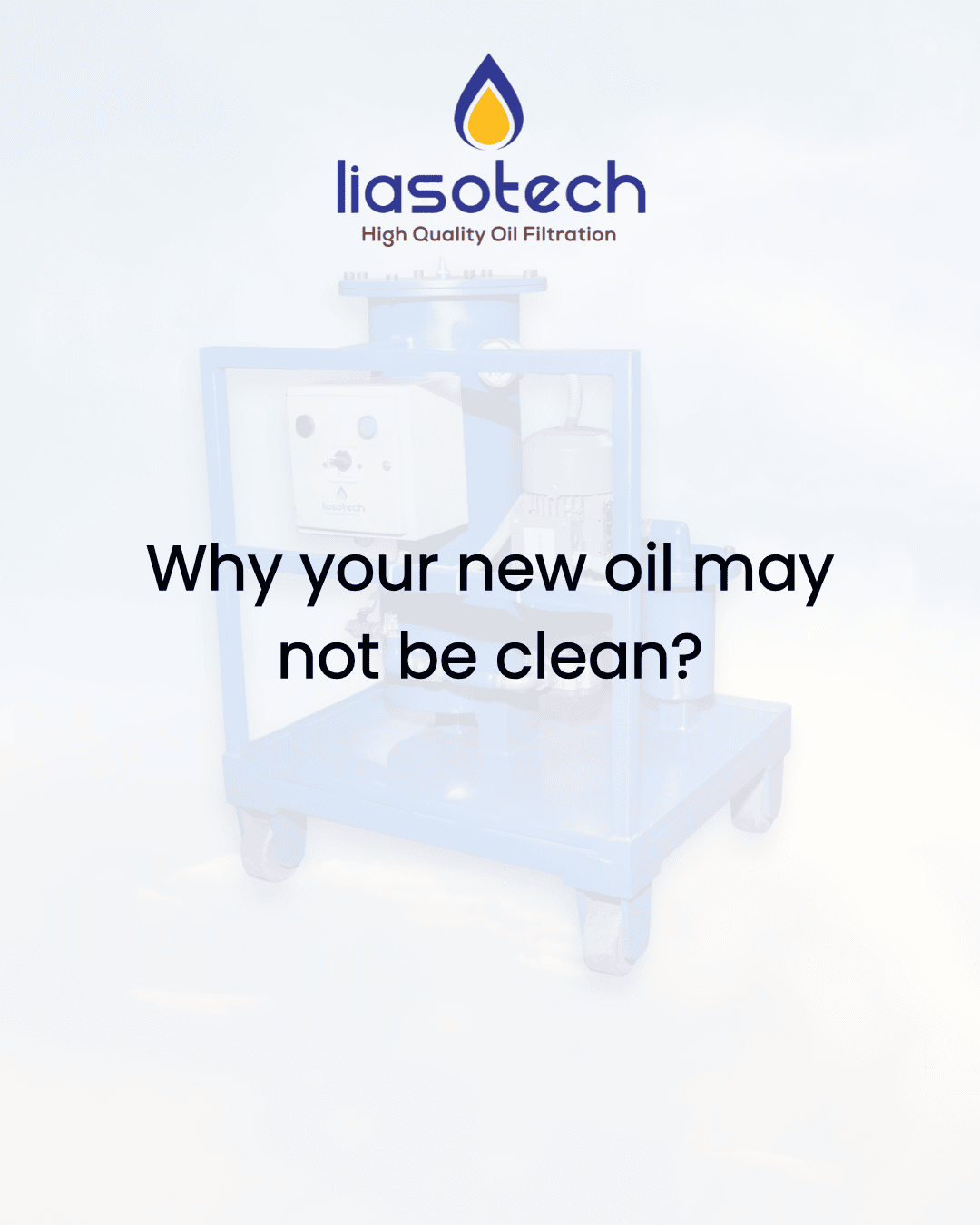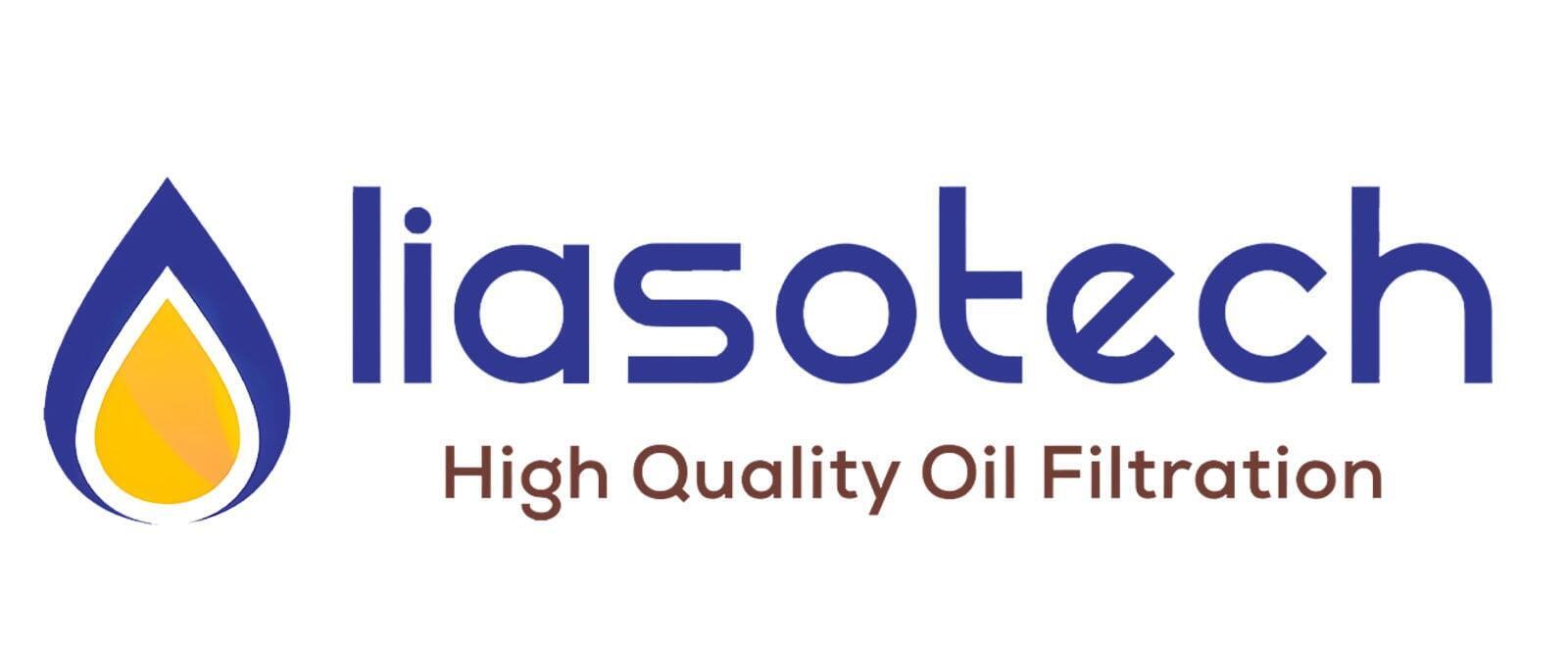
Do you think your new oil is clean and ready to go? You might be wrong. New oil may appear golden, but it is not always clean. Even seasoned professionals have this presumption that new oil is clean because it comes in sealed, steel barrels. The reality is that even new oil needs oil filtration before it is put to use.
How is new oil contaminated?
Manufacturing:
Impurities can appear in additives and base oils, the raw materials that is used to make the oil.
Airborne particles and debris may be a source of oil contamination which is produced in the manufacturing environment.
Particulate matter can already be present in the new drums and containers from packaging.
Storage and Transport:
Oil contamination can happen during bulk deliveries and transfers between barrels.
Oil can be exposed to air, which may result in oxidation and air contamination.
Improper storage can expose the oil to dust particles and moisture.
Handling:
Even after filtration, contaminants might be present, especially the ones that appear smaller. Inconsistent handling practices may reintroduce contaminants.
Why is this important for your equipment?
Just like our lungs struggle with polluted air, machines suffer when they "breathe" contaminated oil. Here's what unfiltered oil can cause:
Accelerated wear: Particles accumulate over time and cause system erosion.
Varnish Formation: Moisture and heat accelerate oxidation.
Shorter Oil Life: Contaminants degrade additives and shorten lubricant life.
Increased Downtime: Unplanned downtime increases costs and time consumption.
How Clean Should New Oil Be?
If your new oil arrives at ISO 20/18/15, it must be filtered before use to prevent rapid wear.
How Liasotech Can Help You Ensure Clean Oil from Day One
At Liasotech, we help industries protect their critical assets through advanced oil filtration solutions:
Offline Filtration Units: Achieve ISO 14/12/09 cleanliness before oil ever touches your equipment.
Vacuum Dehydrator Filtration Systems (VDFS): Remove 100% free and emulsified water and 90% dissolved water.
Sampling and Monitoring Tools: Provides real-time data to support predictive maintenance.
